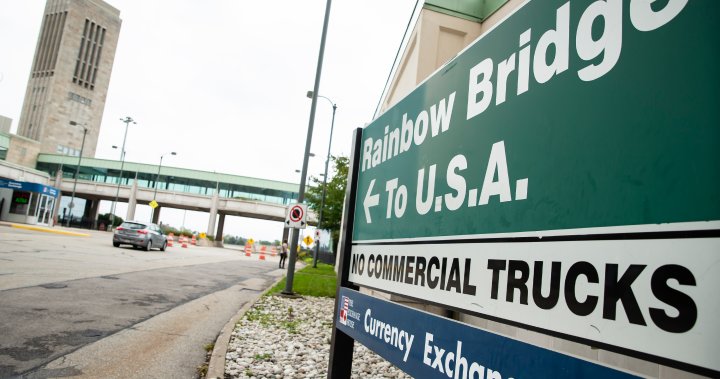The practice of “flagpoling,” a method employed by foreign nationals with temporary Canadian residency to expedite immigration services, has officially ceased as of midnight on December 23, 2024. This tactic involved individuals briefly exiting Canada, typically to the adjacent United States or St. Pierre and Miquelon, and immediately re-entering to access services at a Canadian port of entry, effectively bypassing standard application procedures. The Canada Border Services Agency (CBSA) cited the strain this practice placed on border resources, diverting personnel from crucial enforcement activities and contributing to extended wait times for all travelers, as the primary reason for its termination. The CBSA declared that work and study permits would no longer be issued through flagpoling.
Flagpoling gained significant traction in recent years, primarily due to its expediency in situations requiring urgent visa acquisition or extension. Individuals facing imminent job start dates or other time-sensitive circumstances often resorted to flagpoling to obtain same-day visa processing. The process involved a brief encounter with U.S. border officials, where individuals would declare their intention to return to Canada without entering the U.S. Upon returning to the Canadian side, they would then present their application to CBSA officers. This method, while not illegal prior to its termination, was viewed as a source of frustration for U.S. authorities, as it disrupted the smooth flow of traffic and goods across the border. In May 2024, U.S. Senate Majority Leader Chuck Schumer even appealed to the Canadian government to address and halt the practice.
The core issue driving individuals towards flagpoling was the protracted processing times for visas within Canada. As of December 17, 2024, the typical wait for a work permit was 170 days, while study permits averaged nine weeks. Flagpoling, although a workaround, highlighted the inefficiencies within the existing system. The long wait times essentially forced applicants to seek alternative, albeit less conventional, methods. This created a disparity in processing speeds, effectively establishing a two-tiered immigration system, where those who opted for flagpoling benefited from significantly faster service.
The cessation of flagpoling aims to rectify this imbalance. Going forward, applicants seeking work or study permits will be directed to submit their applications through official channels, eliminating the preferential treatment afforded by flagpoling. This decision has been welcomed by immigration consultants, who viewed the practice as a symptom of a flawed system. Eliminating this workaround necessitates addressing the root cause – the lengthy processing times – to ensure a fair and equitable immigration process for all applicants.
The popularity of flagpoling grew significantly in recent years, with a notable increase observed since 2021. CBSA statistics reveal a steady rise in the number of individuals employing this method. As of June 2, 2024, over 32,410 individuals had utilized flagpoling. The previous year, this figure reached 61,561, marking a 90% surge compared to 2022, when 32,394 individuals opted for this approach. The only decline occurred in 2021, attributed to the COVID-19 pandemic and the resulting restrictions on non-essential travel across the U.S.-Canada border.
This upward trend reflects the growing appeal of flagpoling as a solution to lengthy processing times. The substantial increase in numbers underscores the urgent need for reform within the Canadian immigration system. The termination of flagpoling serves as a crucial first step towards addressing this issue, forcing a focus on streamlining the standard application process to ensure reasonable processing times for all applicants, regardless of their chosen method. This will ultimately create a more equitable and efficient immigration system.

